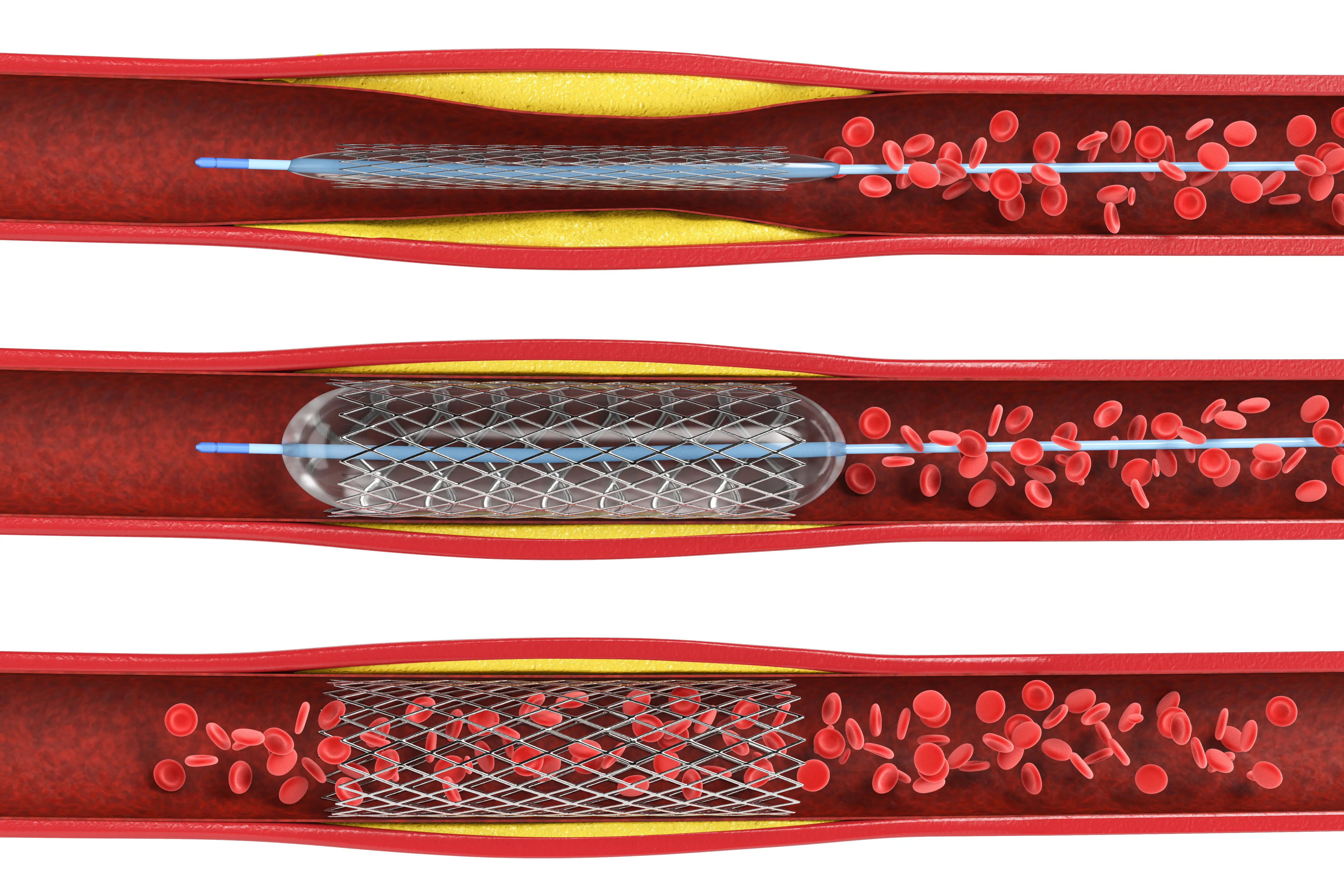- Male
- 39 Years
- 29/01/2025
Could you explain if a balloon is used during an aortic valve replacement surgery? I'm just trying to understand the process better and what to expect during the operation.
Answered by 1 Apollo Doctors
In Aortic valve replacement surgery, a balloon catheter may be used during the procedure to help open up a narrowed or blocked valve. This technique, known as balloon valvuloplasty, involves inserting a catheter with a balloon at the tip into the narrowed valve and inflating the balloon to widen the valve opening. However, the decision to use a balloon catheter during an aortic valve replacement surgery depends on the specific circumstances of the patient's condition and the surgeon's preference. If the aortic valve is severely narrowed or blocked (a condition known as aortic stenosis), the surgeon may choose to perform a balloon valvuloplasty before proceeding with the valve replacement to improve the function of the valve and reduce the risk of complications during the surgery. Alternatively, in some cases, the balloon valvuloplasty may be performed after the valve replacement to further optimize valve function. Ultimately, the decision to use a balloon catheter during an aortic valve replacement surgery is based on the individual patient's condition and the surgeon's judgment. It is important to discuss the specifics of your case with your healthcare provider to determine the most appropriate treatment plan.
Dr. Ibrahim Suggests...
Consult a Cardiothoracic and Vascular Surgeon
Answered 04/07/2025
0
0

Ask Apollo
AI powered Health Chatbot
-
Understanding Aortic Valve Replacement Surgery
- This surgery replaces a damaged aortic valve to improve blood flow from the heart. It's done to treat valve stenosis or regurgitation.
-
Role of Balloon in Valve Procedures
- Balloons are used in procedures like balloon valvuloplasty to widen the valve. However, they are not typically used in standard aortic valve replacement surgery.
-
Types of Aortic Valve Replacement
- Surgical Valve Replacement: Involves open-heart surgery to replace the valve.
- Transcatheter Aortic Valve Replacement (TAVR): A less invasive procedure where a balloon may be used to position the new valve.
-
What to Expect During Surgery
- You'll receive anesthesia, and a heart-lung machine will maintain circulation. The surgeon will replace the valve through an incision in the chest.
-
Recovery and Follow-up
- Recovery involves hospital stay and gradual return to activities. Follow-up care is crucial for monitoring heart function.
-
When to Ask Your Surgeon
- Discuss specific concerns and details with your cardiac surgeon for personalized information.
Recommended next steps
Consult a Cardiothoracic and Vascular Surgeon
Answered 20/08/2025
0
0

More Cardiothoracic & Vascular Surgery Health Queries
View allIs aortic valve replacement with a tissue valve safe for someone over 70 my dad's doctor suggested it but I'm worried about risks at his age
The risk of experiencing complications is generally higher for older people and those in generally poor health. Possible problems include: Infection – there's a risk of wound infections, lung infections, bladder infections and heart valve infections (endocarditis). You may be given antibiotics to reduce this risk.
Answered by 1 Apollo Doctors
My uncle in Madurai needs open heart surgery after an angiography report came in. Wondering which hospital in Madurai is best for this or if we should consider moving him to Chennai or Bangalore for better specialists?
For open heart surgery in Madurai, consider Apollo, Meenakshi Mission, or for higher complexity cases, move to Chennai for expert centers.
Answered by 1 Apollo Doctors
I've been dealing with pectus excavatum and it's really draining I feel tired all the time and get sudden sharp pains in the middle of my chest. I also had pneumothorax a few years ago. Is there any way to improve this without surgery, maybe through specific exercises or other non-surgical options? I'm worried about how it's affecting my daily life.
kindly share report
Answered by 1 Apollo Doctors
Disclaimer: Answers on Apollo 247 are not intended to replace your doctor advice. Always seek help of a professional doctor in case of an medical emergency or ailment.




